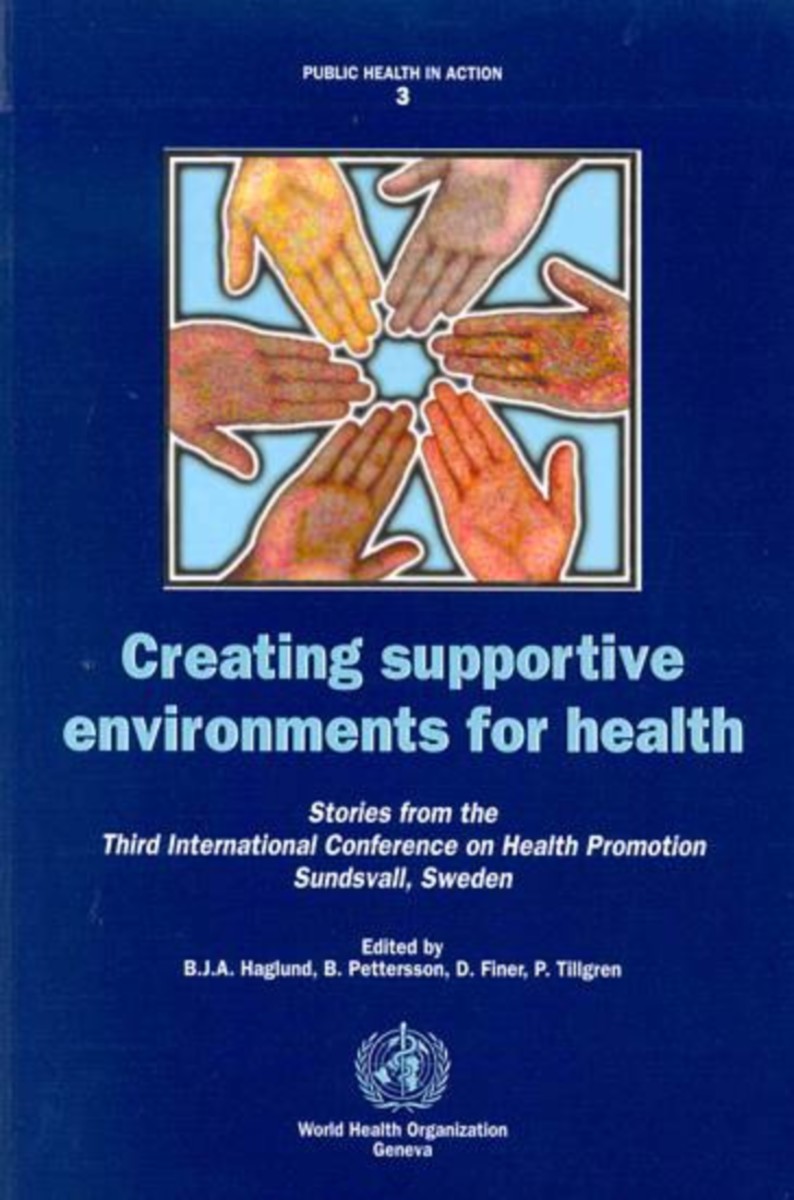Creating Supportive Environments for Health
Stories from the Third International Conference on Health promotion
- Publisher
World Health Organization - Published
1st December 1996 - ISBN 9789241561808
- Language English
- Pages 214 pp.
- Size 8.25" x 11.75"
A wide-ranging collection of stories from developed and developing countries alike illustrating the many ways in which environments can be altered to promote better health. Intended to serve as both a sourcebook of ideas and a stimulus for action the book concentrates on stories that yield practical lessons about the best strategies for tackling specific problems in specific settings. The handbook has 13 chapters presented in three parts. Chapters in the first part on strategies outline the basic components of supportive environments explain the health promotion strategy analysis model (HELPSAM) and describe experiences using seven basic approaches to change: policy development regulation reorientation of organizations advocacy building alliances and creating awareness enabling and mobilizing and empowering. Against this background the second and most extensive part presents and discusses over 140 stories showing how different needs for a supportive environment have been met using a diversity of strategies. These range from the use of legislation to foster school health programs in China to government policies that encourage healthy eating in Norway from the role of NGOs in upgrading housing in Malaysia to consumer mobilization to combat hazardous chemicals in the Philippines. To facilitate comparisons stories are grouped together in separate chapters dealing with education food and nutrition home and neighborhood work transport and social support and care. In story after story community participation consistently emerges as a strategy that helps give projects the best chance of success. The final part explains how these diverse experiences can be used to extract several practical lessons and develop basic frameworks for planning and action. Apart from demonstrating the need for planned strategies these chapters further clarify the HELPSAM model for analysis and planning and introduce the supportive environments action model (SESAME) based on a sequence of eight progressive steps. The handbook concludes with a questionnaire that can be used to compile information about local projects and extract lessons for the future.
B.J.A. Haglund
No information
B. Pettersson
No information
D. Finer
No information
P. Tillgren
No information


